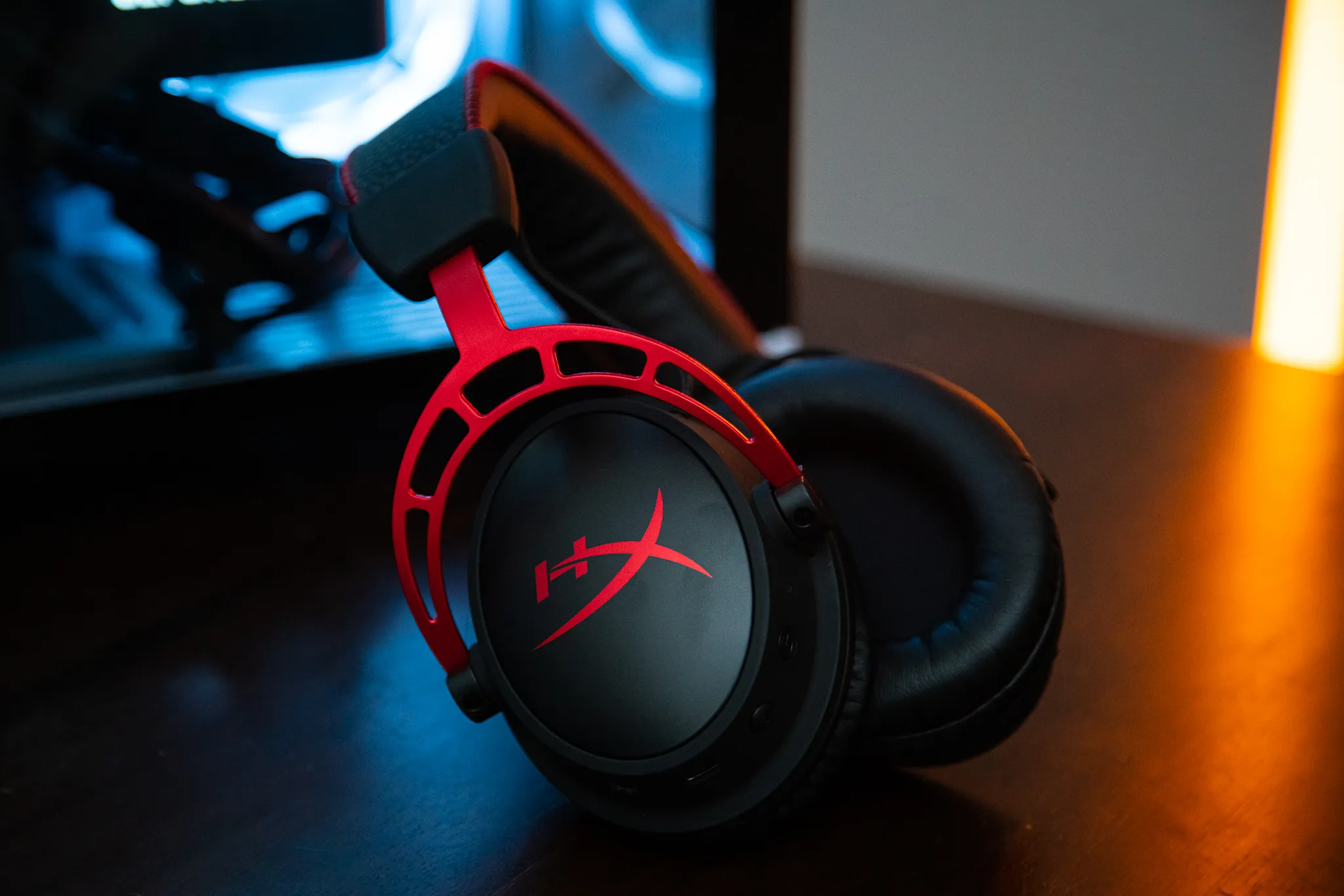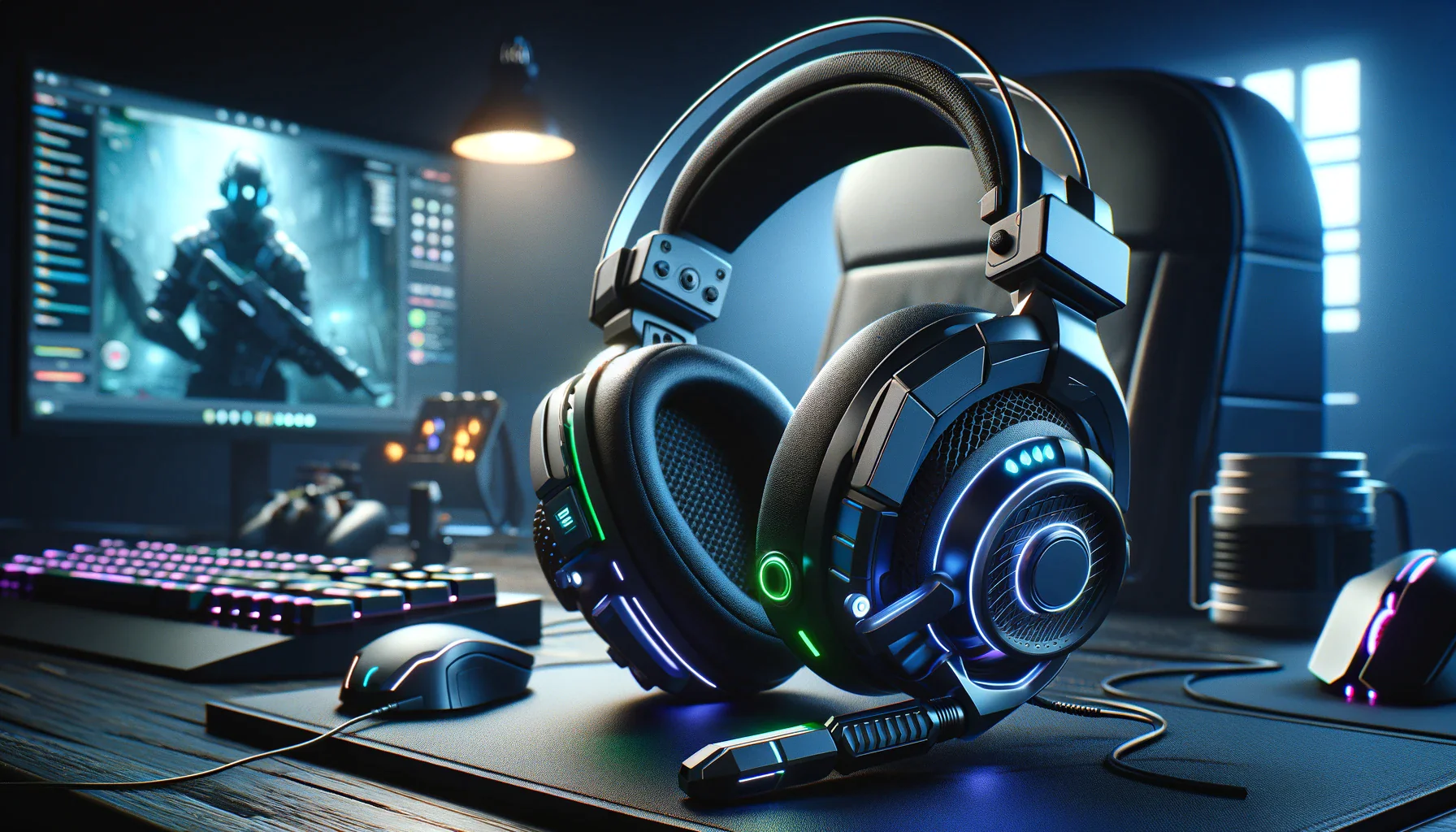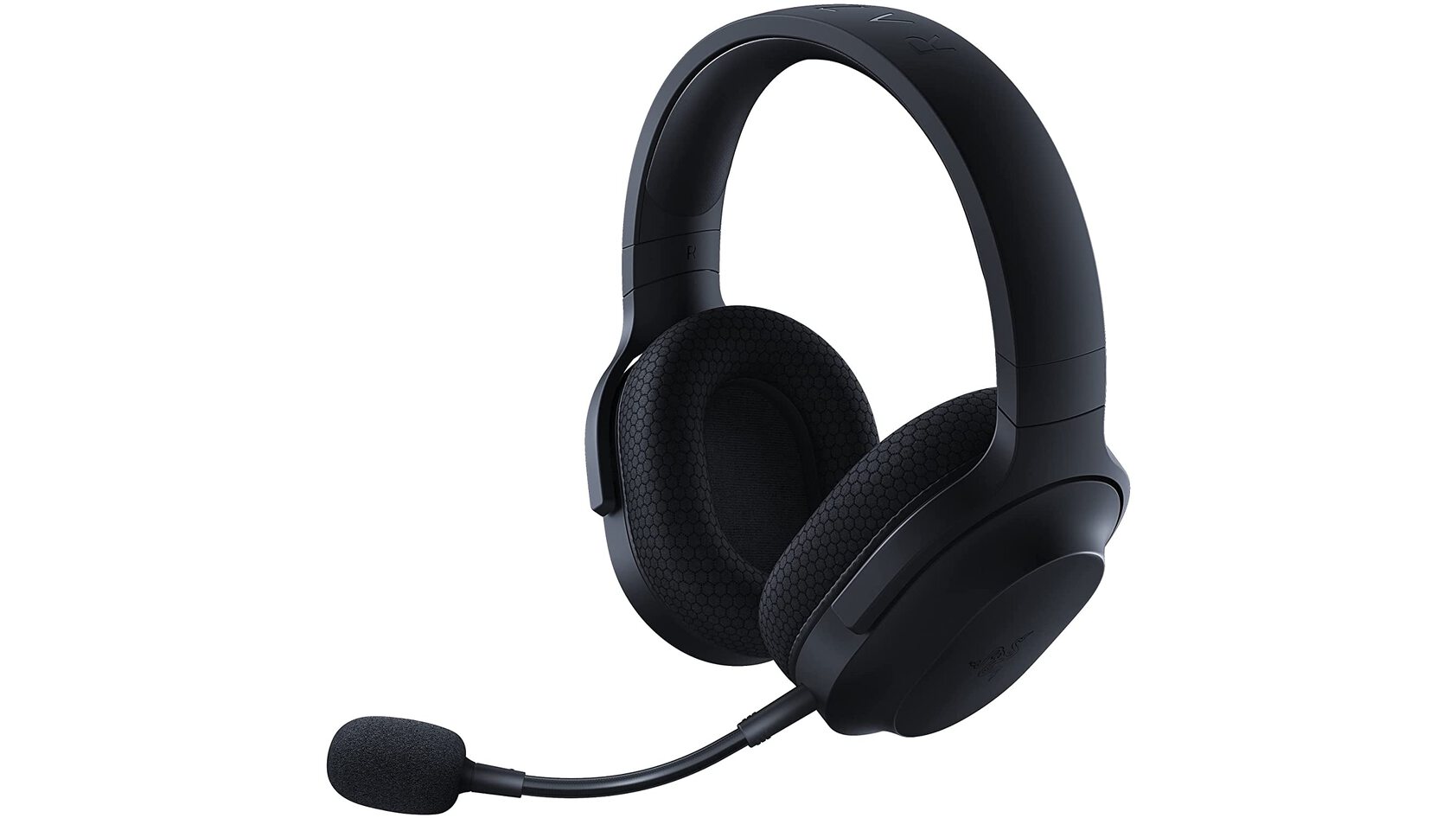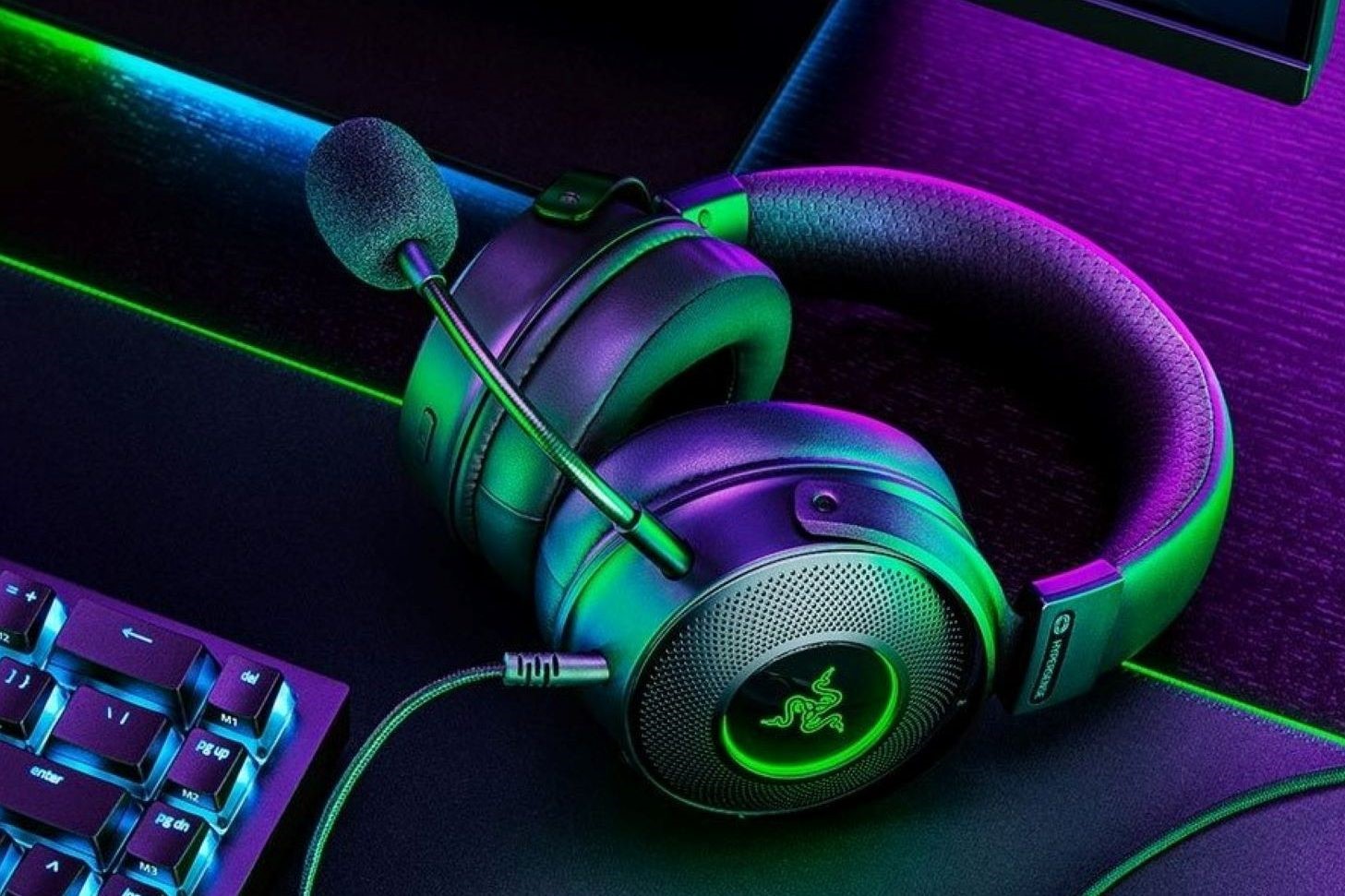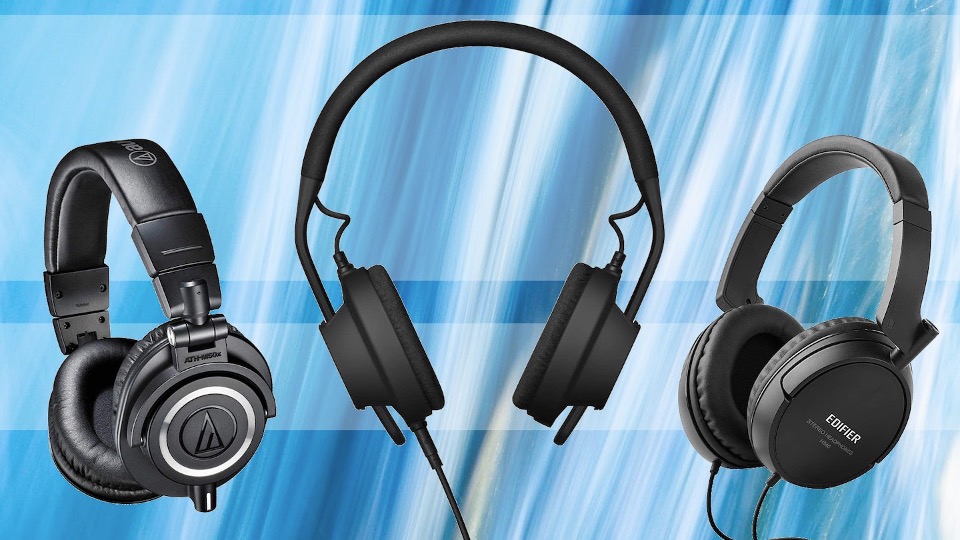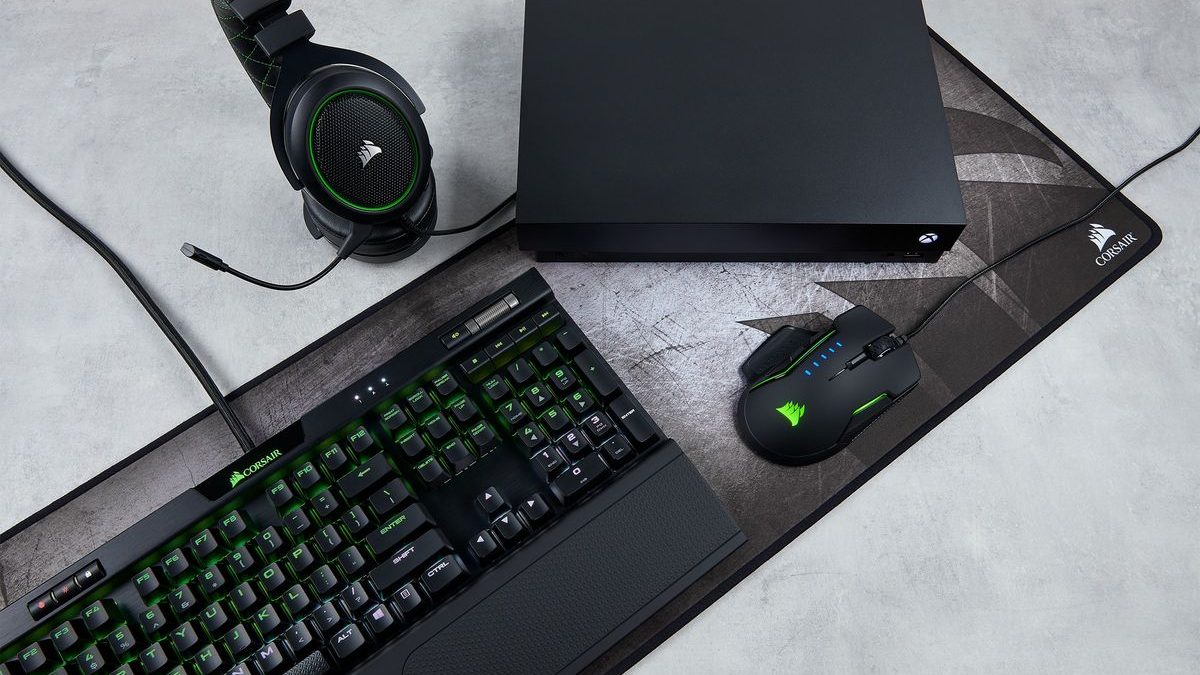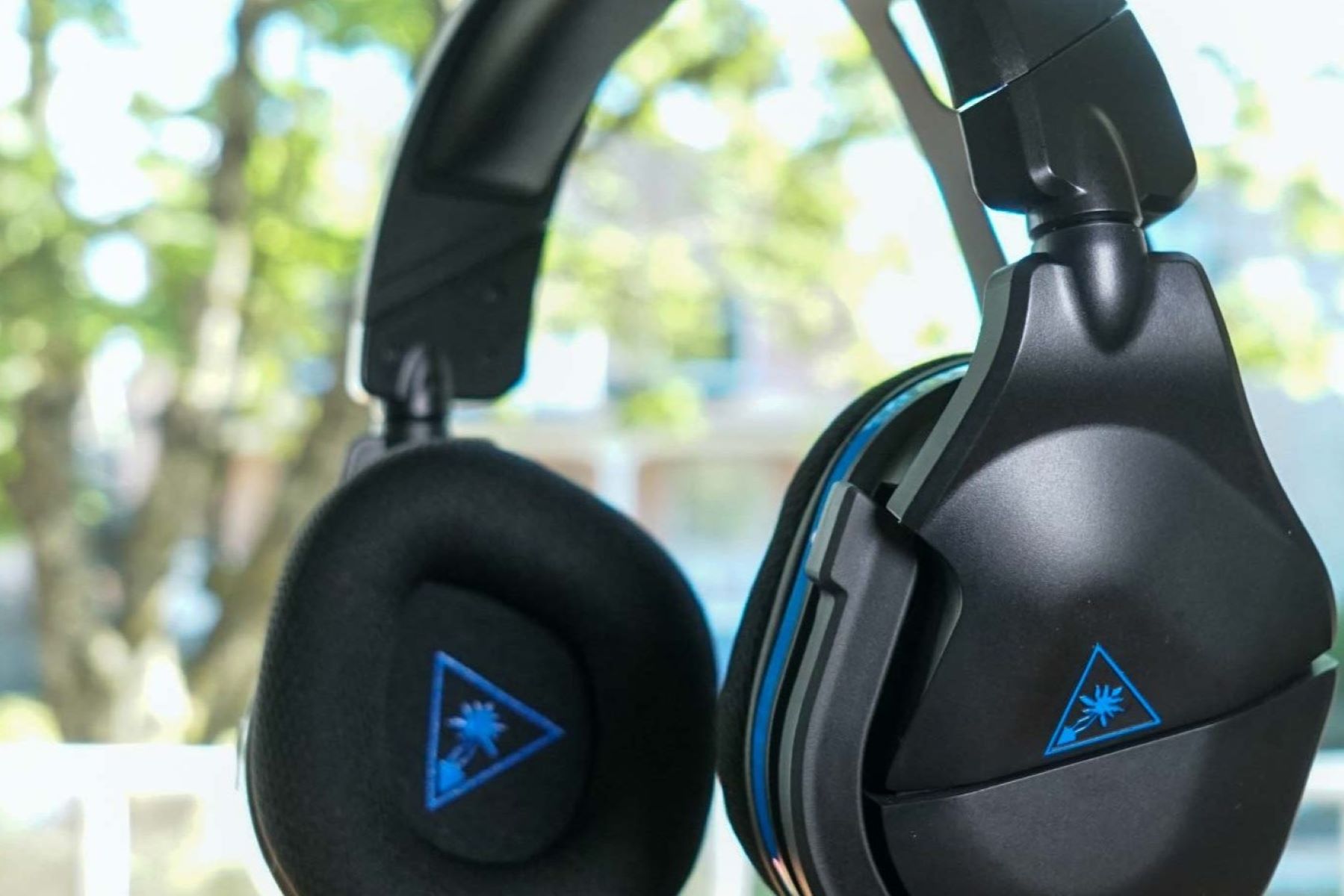Introduction
USB headsets have revolutionized the way we experience audio on our personal computers. Whether you're a gamer, a remote worker, or a music enthusiast, the convenience and quality offered by USB headsets are unparalleled. With the ability to seamlessly connect to your PC and provide high-fidelity sound, USB headsets have become an essential accessory for many.
In this article, we will delve into the world of USB headsets and explore the process of setting up and optimizing your USB headset for an immersive audio experience on your PC. From understanding the technology behind USB headsets to troubleshooting common issues, we will cover everything you need to know to make the most of your USB audio setup.
So, if you've recently acquired a USB headset or are considering upgrading your audio peripherals, you're in the right place. By the end of this guide, you'll be well-equipped to harness the full potential of your USB headset and elevate your audio experience to new heights. Let's embark on this journey to unlock the USB audio bliss on your PC!
Understanding USB Headsets
USB headsets have emerged as a popular choice for users seeking a seamless and high-quality audio experience on their personal computers. Unlike traditional analog headsets, USB headsets connect directly to the computer via a USB port, eliminating the need for separate audio jacks and sound cards. This integration of audio and power delivery through a single USB connection simplifies the setup process and enhances the overall user experience.
One of the key advantages of USB headsets is their plug-and-play functionality. Upon connecting a USB headset to a compatible port on the PC, the system automatically recognizes the device, making it ready for immediate use without the need for additional configuration. This convenience is particularly valuable for users who prioritize simplicity and efficiency in their audio setup.
Additionally, USB headsets often incorporate built-in sound processing capabilities, leveraging the power of the computer to deliver enhanced audio performance. This can include features such as virtual surround sound, noise-cancellation, and customizable audio profiles, allowing users to tailor their listening experience to their preferences.
Furthermore, USB connectivity enables these headsets to bypass the analog audio pathways found in traditional setups, resulting in potentially cleaner and more consistent audio signals. This digital transmission pathway can contribute to improved audio fidelity and reduced susceptibility to electromagnetic interference, ultimately enhancing the overall audio quality.
It's important to note that USB headsets may also integrate additional controls and features directly into the headset itself, such as volume adjustments, microphone muting, and even customizable lighting effects in some gaming-oriented models. This consolidation of functionality into the headset design adds to the user's convenience and accessibility, providing quick and direct access to essential audio settings without the need to navigate software interfaces.
In summary, the rise of USB headsets signifies a convergence of audio and connectivity technologies, offering users a streamlined and feature-rich audio solution for their PC setups. Understanding the unique attributes and benefits of USB headsets sets the stage for optimizing their usage and unlocking the full potential of these innovative audio peripherals.
Setting Up Your USB Headset on PC
Setting up your USB headset on your PC is a straightforward process that begins with connecting the headset to an available USB port on your computer. Upon plugging in the USB connector, your operating system should automatically detect the headset and initiate the necessary driver installation. This plug-and-play functionality streamlines the setup, allowing you to seamlessly integrate the headset into your audio environment without intricate configuration steps.
Once the USB headset is connected, you may need to select it as the default audio output and input device on your PC. To do this, navigate to the sound settings within your operating system. In Windows, you can access these settings by right-clicking the volume icon in the taskbar and selecting "Open Sound settings." From there, you can choose your USB headset as the default playback and recording device.
For users on macOS, the process involves accessing the "System Preferences" and selecting "Sound." Under the "Output" and "Input" tabs, you can designate your USB headset for audio playback and recording, respectively.
After configuring the default audio devices, it's advisable to test the headset to ensure that sound is being transmitted and received correctly. Playing a sample audio file or engaging in a test call can help verify the functionality of the USB headset, allowing you to make any necessary adjustments to the settings.
In some cases, you may also need to install specific software or drivers provided by the headset manufacturer to unlock advanced features or customization options. These additional utilities can enhance the functionality of the headset, enabling access to features such as customizable EQ settings, virtual surround sound, and microphone enhancements.
Furthermore, if your USB headset incorporates inline controls for volume adjustment, microphone muting, or other functions, familiarizing yourself with the operation of these controls can optimize your user experience. Understanding how to leverage these integrated controls can contribute to a more seamless and personalized audio interaction with your PC.
By following these steps and familiarizing yourself with the unique features of your USB headset, you can effectively set up and integrate the headset into your PC environment, paving the way for an enhanced and tailored audio experience. Whether you're engaging in immersive gaming, participating in virtual meetings, or enjoying your favorite music, a well-configured USB headset can elevate the audio quality and convenience of your PC interactions.
Configuring Audio Settings
Configuring the audio settings for your USB headset is a pivotal step in optimizing your audio experience on your PC. By delving into the audio settings, you can fine-tune various parameters to suit your preferences and maximize the potential of your USB headset.
Adjusting Playback and Recording Levels
When configuring audio settings, it's essential to fine-tune the playback and recording levels to achieve balanced audio output and clear voice transmission. In Windows, you can access these settings by right-clicking the volume icon in the taskbar and selecting "Open Sound settings." From there, navigate to the "Sound Control Panel" and choose your USB headset under the "Playback" and "Recording" tabs. Adjust the volume levels and microphone sensitivity to ensure optimal audio performance during media playback and voice communication.
Exploring Spatial Sound and Equalizer Options
Many USB headsets offer spatial sound and equalizer options to enhance the audio experience. Spatial sound technologies, such as Windows Sonic for headphones or Dolby Atmos for Headphones, can simulate immersive surround sound, adding depth and realism to your audio. Additionally, exploring the equalizer settings can empower you to customize the audio output based on genre preferences or individual hearing profiles. By experimenting with these settings, you can tailor the audio to your liking, whether you're gaming, watching movies, or listening to music.
Leveraging Mic Monitoring and Noise Cancellation
If your USB headset features mic monitoring and noise cancellation capabilities, take advantage of these features to optimize voice communication. Mic monitoring allows you to hear your own voice in the headset, aiding in self-monitoring during conversations or recordings. Noise cancellation technology can effectively reduce background noise, ensuring that your voice comes through clearly during calls or voiceovers. Adjusting these settings can significantly enhance the clarity and intelligibility of your voice input, contributing to a more professional and immersive communication experience.
Customizing Additional Features
Depending on the model of your USB headset, you may have access to additional features and customization options. This could include LED lighting controls, sidetone adjustments, or specialized audio presets tailored for specific usage scenarios. Exploring and customizing these additional features can add a personalized touch to your audio setup, allowing you to create a tailored environment that aligns with your preferences and usage patterns.
By delving into the audio settings of your USB headset, you can unlock a realm of customization and optimization possibilities, enabling you to tailor the audio experience to your exact specifications. Whether it's refining playback levels, exploring spatial sound options, or leveraging advanced features, configuring the audio settings empowers you to harness the full potential of your USB headset and elevate your PC audio experience to new heights.
Troubleshooting Common Issues
Even with the seamless integration and advanced features of USB headsets, users may encounter common issues that can impact their audio experience. By understanding and addressing these issues, you can ensure that your USB headset operates optimally and delivers the audio quality you expect. Here are some common issues and troubleshooting steps to resolve them:
-
No Sound Output: If you're not hearing any audio through your USB headset, start by checking the physical connection. Ensure that the USB connector is securely plugged into a functional USB port on your computer. Additionally, verify that the headset is selected as the default playback device in your computer's audio settings. If the issue persists, try connecting the headset to a different USB port to rule out potential port-related issues.
-
Microphone Not Working: When your microphone fails to capture your voice, confirm that the headset is designated as the default recording device in the sound settings. Check the microphone mute switch on the headset, if available, and ensure that it is not activated. If the issue persists, inspect the microphone boom for any physical damage or debris that could obstruct sound capture.
-
Driver or Software Issues: In some cases, driver or software conflicts can affect the functionality of USB headsets. Ensure that you have the latest drivers installed for your headset, which can usually be obtained from the manufacturer's website. If you're using specialized software provided by the headset manufacturer, ensure that it is compatible with your operating system and that it is configured to recognize your headset.
-
Interference and Distortion: If you experience audio interference or distortion, such as crackling or static noise, try connecting the USB headset to a different USB port to rule out potential interference from other connected devices. Additionally, inspect the USB cable for any damage or wear that could affect the signal transmission. Experimenting with different USB ports can help identify and mitigate potential interference sources.
-
Compatibility Issues: When using a USB headset with specific applications or games, compatibility issues may arise. Verify that the application or game is configured to recognize and utilize USB audio devices. Some applications may require adjustments to their audio settings to ensure seamless integration with USB headsets.
-
System Updates: After major system updates or upgrades, it's advisable to recheck the default audio settings and driver compatibility for your USB headset. System updates can sometimes reset audio configurations, requiring users to reaffirm their preferences and settings for USB audio devices.
By troubleshooting these common issues and implementing the suggested solutions, you can overcome potential hurdles and ensure that your USB headset consistently delivers an exceptional audio experience on your PC. Through proactive maintenance and troubleshooting, you can maximize the performance and usability of your USB headset, allowing you to fully immerse yourself in your audio activities without disruptions.
Conclusion
In conclusion, the widespread adoption of USB headsets has redefined the way we engage with audio on personal computers. The seamless integration, plug-and-play functionality, and advanced features offered by USB headsets have elevated the audio experience for users across various domains, including gaming, remote work, and multimedia consumption.
By understanding the technology behind USB headsets and the process of setting them up on a PC, users can harness the full potential of these innovative peripherals. The consolidation of audio and power delivery through a single USB connection simplifies the setup process, while the integration of advanced sound processing capabilities enhances audio performance and customization options.
Configuring the audio settings for USB headsets empowers users to fine-tune playback and recording levels, explore spatial sound and equalizer options, and leverage advanced features such as mic monitoring and noise cancellation. This level of customization ensures that users can tailor their audio experience to their preferences, whether they are immersed in gaming environments, participating in virtual meetings, or enjoying multimedia content.
Furthermore, troubleshooting common issues associated with USB headsets equips users with the knowledge and strategies to address potential challenges, ensuring a consistent and uninterrupted audio experience. By addressing issues related to sound output, microphone functionality, driver compatibility, interference, and compatibility with applications, users can maintain the optimal performance of their USB headsets.
In essence, the journey to USB audio bliss on a PC encompasses a seamless setup process, personalized audio configurations, and proactive troubleshooting measures. As users navigate this journey, they unlock a realm of possibilities for immersive audio experiences, professional communication, and tailored audio environments that align with their unique preferences and usage patterns.
Ultimately, the integration of USB headsets into the PC audio landscape signifies a convergence of convenience, performance, and user-centric design. Whether it's the pursuit of gaming excellence, the seamless execution of remote work tasks, or the enjoyment of high-fidelity audio, USB headsets stand as versatile allies in the pursuit of audio excellence on personal computers. Embracing the capabilities and potential of USB headsets opens doors to a world of audio bliss, where users can immerse themselves in rich, tailored soundscapes that enhance their digital interactions and elevate their overall audio experiences.







